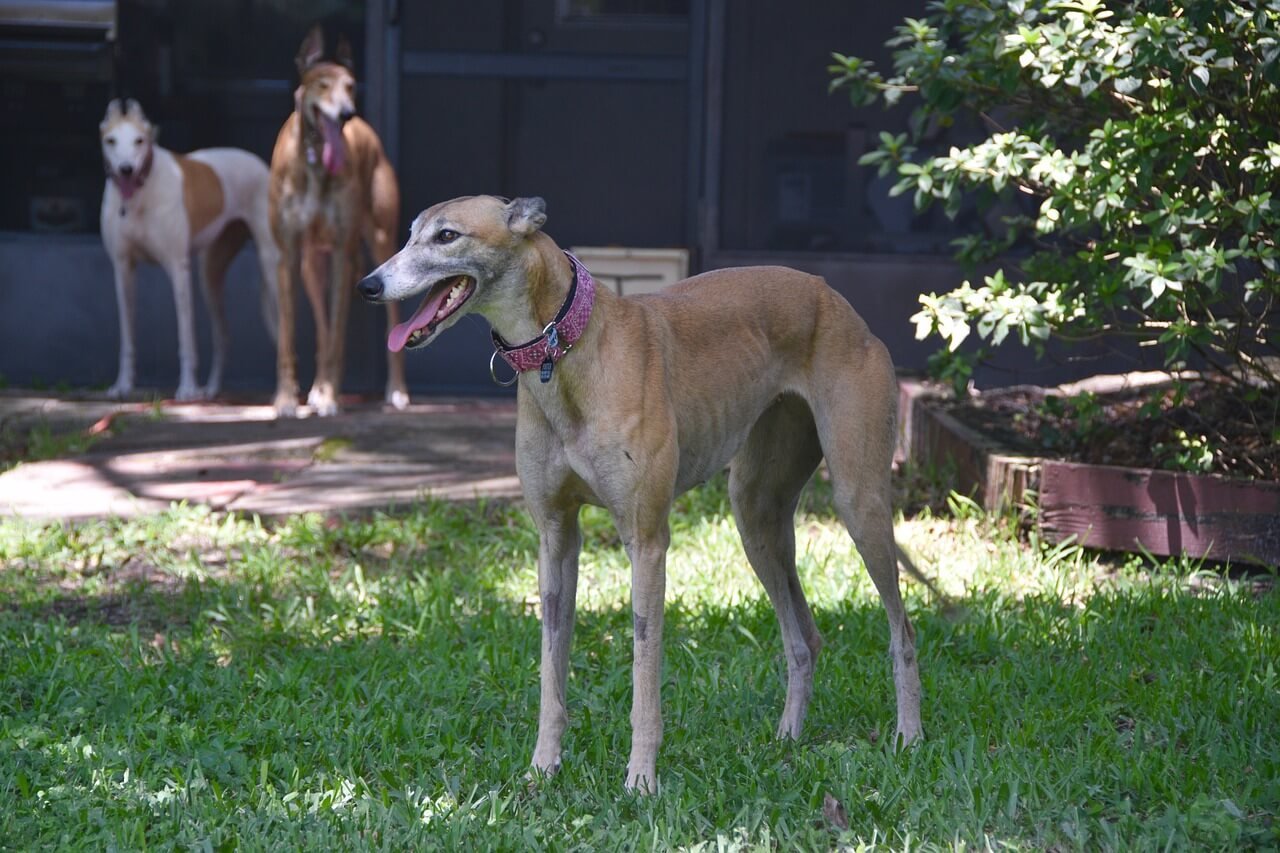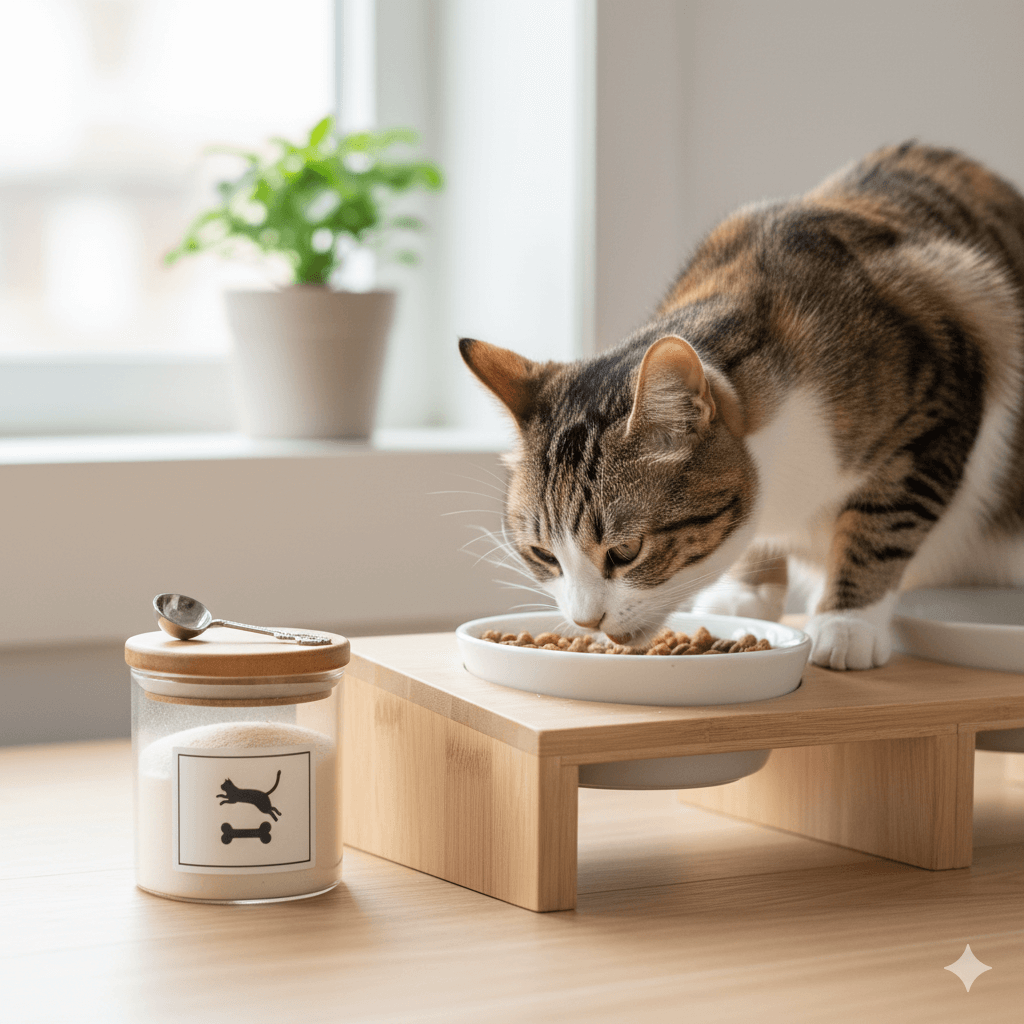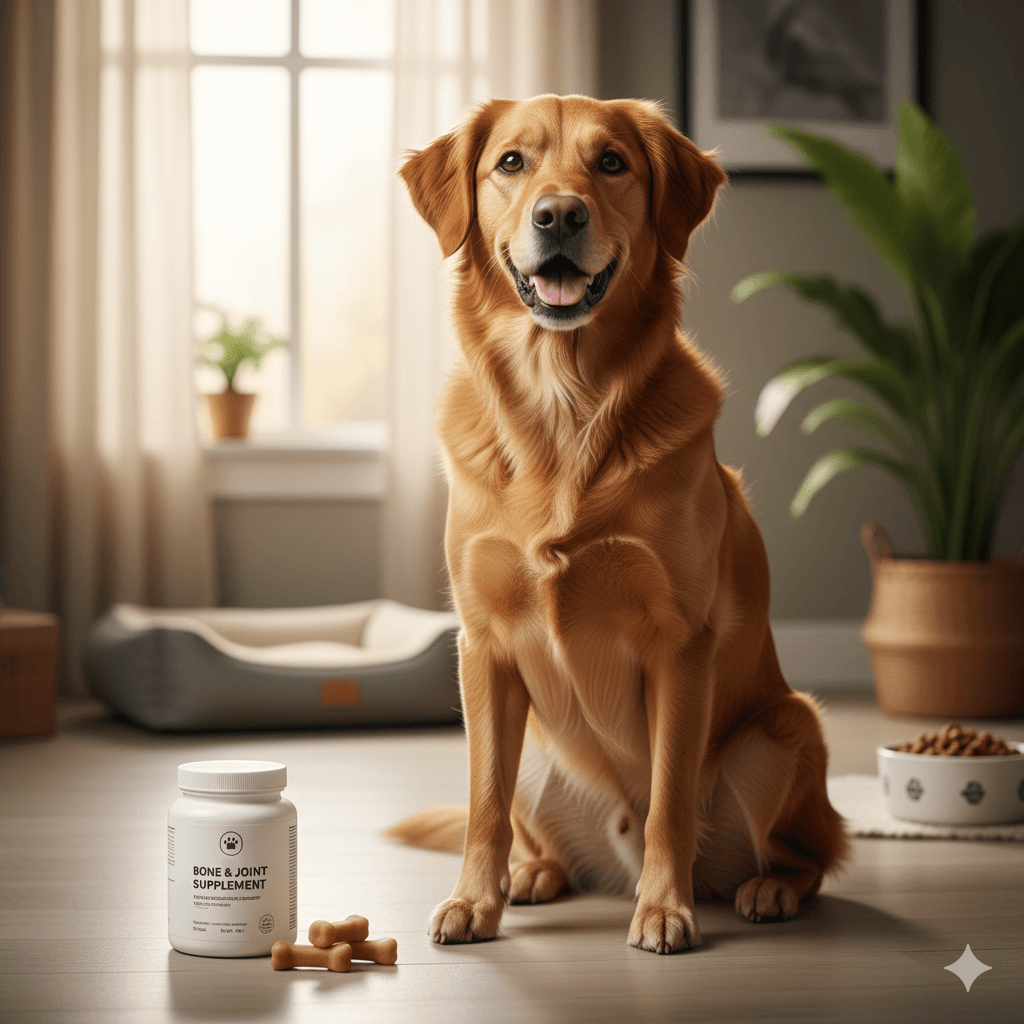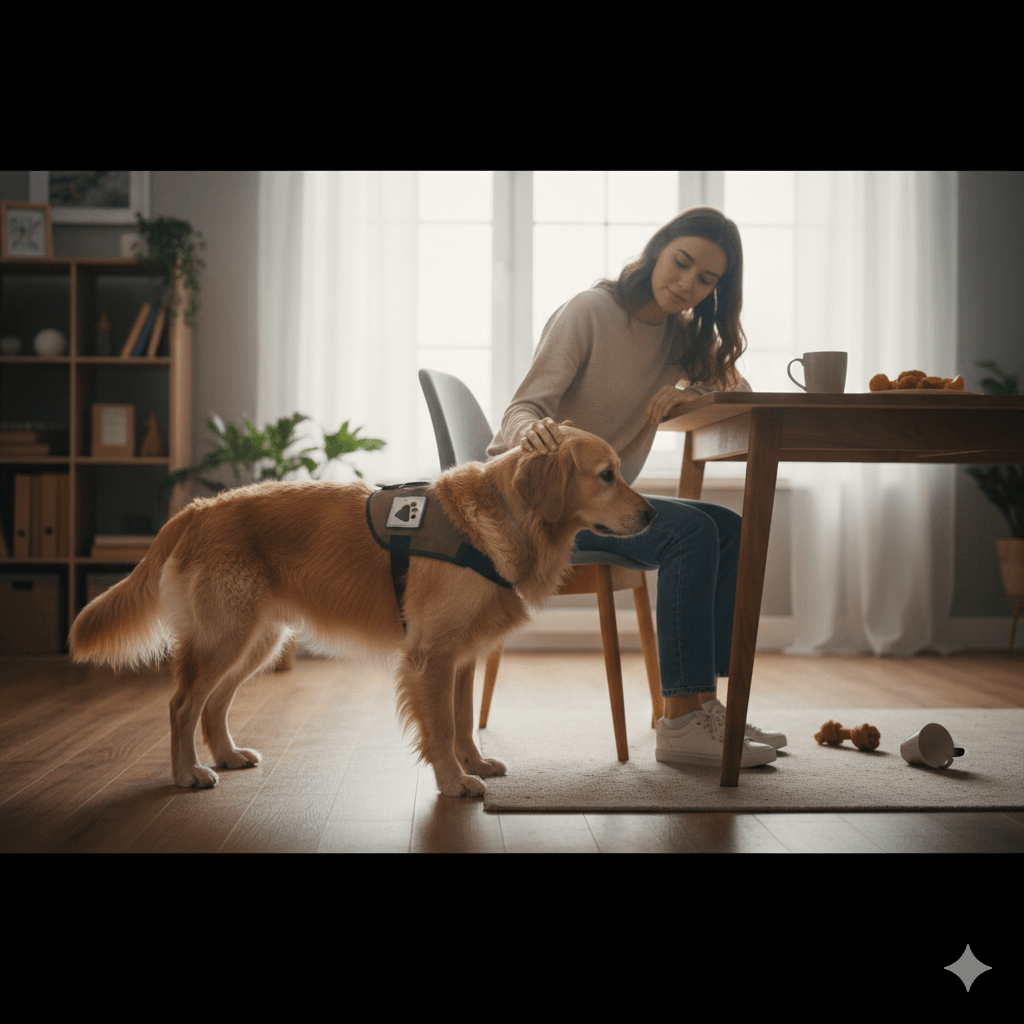Greyhound Dog Price: What You Need to Know Before Bringing One Home
The Greyhound is a breed celebrated for its elegance, speed, and gentle temperament. Whether you’re considering adopting or purchasing a Greyhound, understanding the costs involved is essential to ensure you’re prepared for this lifelong commitment. The price of a Greyhound can vary significantly based on factors such as age, pedigree, and whether you’re adopting from a rescue or buying from a breeder. In this guide, we’ll explore everything you need to know about Greyhound dog prices, additional expenses, and how to make an informed decision that suits your lifestyle and budget.
Factors Influencing Greyhound Dog Prices
Several factors contribute to the cost of acquiring a Greyhound. Understanding these variables can help you anticipate expenses and choose the best option for your situation.
Breeders vs. Adoption:
Purchasing a Greyhound from a reputable breeder typically costs more than adopting one from a rescue organization. Breeders charge higher prices due to breeding standards and lineage.Age of the Dog:
Puppies often come with a higher price tag than adult dogs, especially if they have show-quality pedigrees. Older retired racing Greyhounds are usually more affordable.Pedigree and Bloodline:
Greyhounds with champion bloodlines or those bred for competitive racing or showing can command premium prices due to their lineage.Location and Demand:
Prices may vary depending on where you live and the demand for Greyhounds in your area. Urban areas or regions with fewer Greyhounds available may see higher costs.Health Certifications:
Reputable breeders provide health certifications, which can increase the price but also offer peace of mind regarding the dog’s well-being.
By considering these factors, you can better understand why Greyhound prices fluctuate and make a choice that aligns with your priorities and budget.
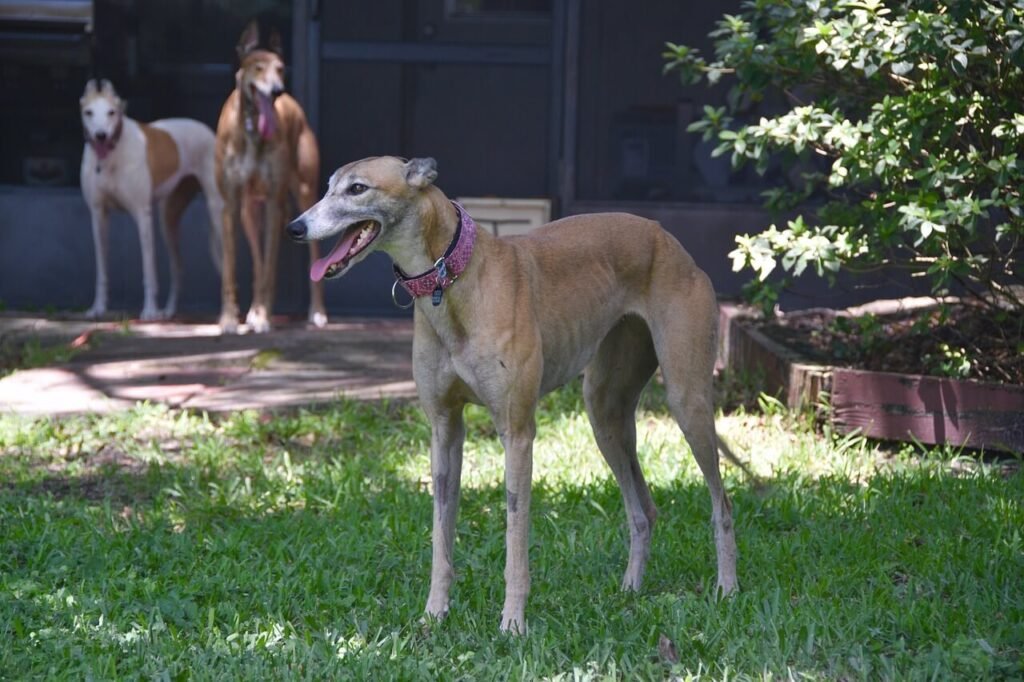
Additional Costs Beyond the Initial Price
While the upfront cost of a Greyhound is important, there are other expenses to consider when welcoming one into your home. These ongoing costs ensure your pet remains healthy and happy.
Veterinary Care:
Routine check-ups, vaccinations, and potential treatments for injuries or illnesses can add up over time. Budget for annual vet visits and emergencies.Food and Nutrition:
Greyhounds require high-quality dog food tailored to their dietary needs. Their lean physique means they benefit from nutrient-rich meals to maintain muscle mass.Grooming Supplies:
Though Greyhounds have short coats, regular grooming tools like brushes and nail clippers are necessary for maintaining their appearance and hygiene.Collars, Leashes, and Beds:
Investing in durable collars, leashes, and comfortable beds ensures your Greyhound has everything they need for daily comfort and safety.Training Classes:
While Greyhounds are intelligent, some may need obedience training or socialization classes, adding to the overall expense.
Factoring in these additional costs helps you create a realistic budget and avoid unexpected financial strain.
Check this guide 👉Italian Greyhound Dog: Best 7 Expert Tips!
Check this guide 👉Greyhound Size: Best 7 Expert Tips!
Check this guide 👉Saint Bernard Greyhound Mix: Best 7 Expert Tips!
Adopting a Greyhound | Buying from a Breeder |
|---|---|
Lower upfront cost (often $200-$400) | Higher price ($800-$3,000+ depending on pedigree) |
Typically includes spaying/neutering | May require separate cost for surgeries |
Vaccinations and basic vet care included | Additional health tests and certifications |
Retired racing dogs available | Access to puppies or show-quality dogs |
Support from rescue organizations | Direct connection with breeder |
Tips for Finding Affordable Greyhounds
If you’re looking to bring a Greyhound into your life without breaking the bank, there are several strategies to explore. These tips can help you find a loving companion at a reasonable price.
Consider Adoption First:
Many Greyhound rescues specialize in finding homes for retired racing dogs, offering them at a fraction of the cost of buying from a breeder.Look for Local Rescues:
Search for Greyhound-specific rescue groups in your area, as they often have lower adoption fees compared to national organizations.Attend Adoption Events:
Participating in local adoption events can connect you with available Greyhounds and provide opportunities to meet them in person.Check Online Platforms:
Websites dedicated to pet adoption frequently list Greyhounds in need of homes, often with detailed profiles and transparent pricing.Negotiate Fees When Possible:
Some rescues may offer reduced fees for seniors, veterans, or individuals adopting multiple pets, so don’t hesitate to ask about discounts.
By exploring these avenues, you can find a Greyhound that fits both your heart and your wallet.
How to Choose the Right Greyhound for Your Lifestyle
Selecting the perfect Greyhound involves more than just considering the price—it’s about finding a dog whose personality and needs align with your lifestyle.
Energy Levels:
Greyhounds are known as “couch potatoes” despite their athletic build. Ensure their low exercise requirements match your activity level.Space Requirements:
Contrary to popular belief, Greyhounds adapt well to apartment living due to their calm demeanor and minimal space needs.Compatibility with Children:
Greyhounds are generally gentle and patient, making them excellent companions for families with kids, provided proper introductions are made.Socialization Needs:
Some Greyhounds may be shy or reserved, especially if they’ve recently retired from racing. Look for a dog whose temperament suits your household dynamics.Long-Term Commitment:
Greyhounds can live 10-14 years, so ensure you’re ready for the responsibility of caring for them throughout their lifetime.
Choosing the right Greyhound ensures a harmonious relationship and a joyful addition to your family.
Benefits of Owning a Greyhound
Greyhounds offer unique advantages that make them stand out among dog breeds. Their distinctive traits appeal to many prospective owners seeking a loyal and low-maintenance companion.
Low Exercise Needs:
Despite being sprinters, Greyhounds only require short daily walks and enjoy lounging indoors for the rest of the day.Gentle Temperament:
Known for their calm and affectionate nature, Greyhounds thrive in homes with children and other pets.Minimal Grooming Requirements:
Their sleek coat sheds minimally and requires infrequent brushing, saving you time and effort.Quiet Companions:
Greyhounds rarely bark, making them ideal for apartments or neighborhoods where noise is a concern.Loyal and Affectionate:
Once bonded, Greyhounds form deep connections with their owners, providing unwavering loyalty and love.
These qualities make Greyhounds an excellent choice for first-time dog owners and seasoned enthusiasts alike.
Common Misconceptions About Greyhounds
Despite their popularity, Greyhounds are often misunderstood. Clarifying these misconceptions helps prospective owners set realistic expectations.
“They Need Constant Exercise”:
While fast runners, Greyhounds are sprinters, not endurance athletes, and prefer lounging after brief bursts of activity.“They’re High-Maintenance Dogs”:
On the contrary, Greyhounds are relatively easygoing and require less grooming and training than many other breeds.“They Don’t Get Along with Cats”:
Many Greyhounds coexist peacefully with cats, particularly if introduced properly and trained early.“Only Young Greyhounds Are Suitable Pets”:
Older Greyhounds, including retirees, adapt beautifully to home life and often require less training.“They’re Fragile Due to Their Build”:
Though slender, Greyhounds are robust and resilient, capable of leading active lives alongside their families.
Understanding these truths dispels myths and highlights the versatility of the Greyhound breed.
Preparing Your Home for a Greyhound
Welcoming a Greyhound into your home requires thoughtful preparation to ensure their safety and comfort. Taking these steps beforehand makes the transition smoother for everyone.
Dog-Proofing Your Space:
Remove hazards like small objects, toxic plants, and exposed wires to prevent accidents or ingestion.Providing Soft Bedding:
Greyhounds’ thin skin and lean frames make soft, cushioned beds essential for preventing pressure sores.Installing Secure Fencing:
If you have an outdoor area, ensure fences are tall enough and free of gaps to keep your Greyhound safe.Setting Up a Cozy Corner:
Create a quiet, cozy spot where your Greyhound can retreat and relax, especially during stressful moments.Stocking Essentials:
Have food bowls, toys, grooming tools, and a sturdy leash ready before bringing your Greyhound home.
With proper preparation, you’ll create a welcoming environment that allows your new Greyhound to settle in quickly and comfortably.
Frequently Asked Questions About Greyhound Dog Prices
How much does it cost to adopt a greyhound?
Adoption fees usually range from $200 to $400, covering basic medical care and supplies.
Why are greyhounds from breeders more expensive?
Breeders invest in breeding quality dogs, ensuring good genetics and health screenings, which raises the price.
Are greyhounds expensive to maintain?
While not the most costly breed, they do require regular veterinary care, quality food, and accessories, adding to long-term expenses.
Do greyhounds need a lot of space?
Surprisingly, no—they’re known as “couch potatoes” and adapt well to apartment living if given adequate exercise.
Can I insure my greyhound?
Yes, pet insurance is widely available and can offset unexpected medical costs.
Making the Right Choice for Your Greyhound Journey
Bringing a Greyhound into your life is a rewarding experience, but it comes with responsibilities and costs that should not be overlooked. By understanding the factors influencing Greyhound dog prices and planning for additional expenses, you can make an informed decision that aligns with your budget and lifestyle. Whether you choose to adopt or buy, remember that the love and companionship of a Greyhound are priceless. With careful preparation and dedication, you’ll create a happy, fulfilling life together for years to come.
Understanding Bone Supplement for Cats: Best 7 Expert Tips! – Safe, vet-approved guidance for strong feline bones & balanced nutrition.
Bone Supplement for Dogs: Best 7 Expert Tips! – Expert guide to calcium, collagen & bone health for every life stage.
Understanding Can Cats Get Sunburn: Best 7 Expert Tips! – Protect your feline from UV damage with vet-backed prevention strategies.
How to Train a Seizure Alert Dog: Best 7 Expert Tips! – Learn expert-backed steps to nurture natural instincts into reliable, life-saving seizure alerts.

